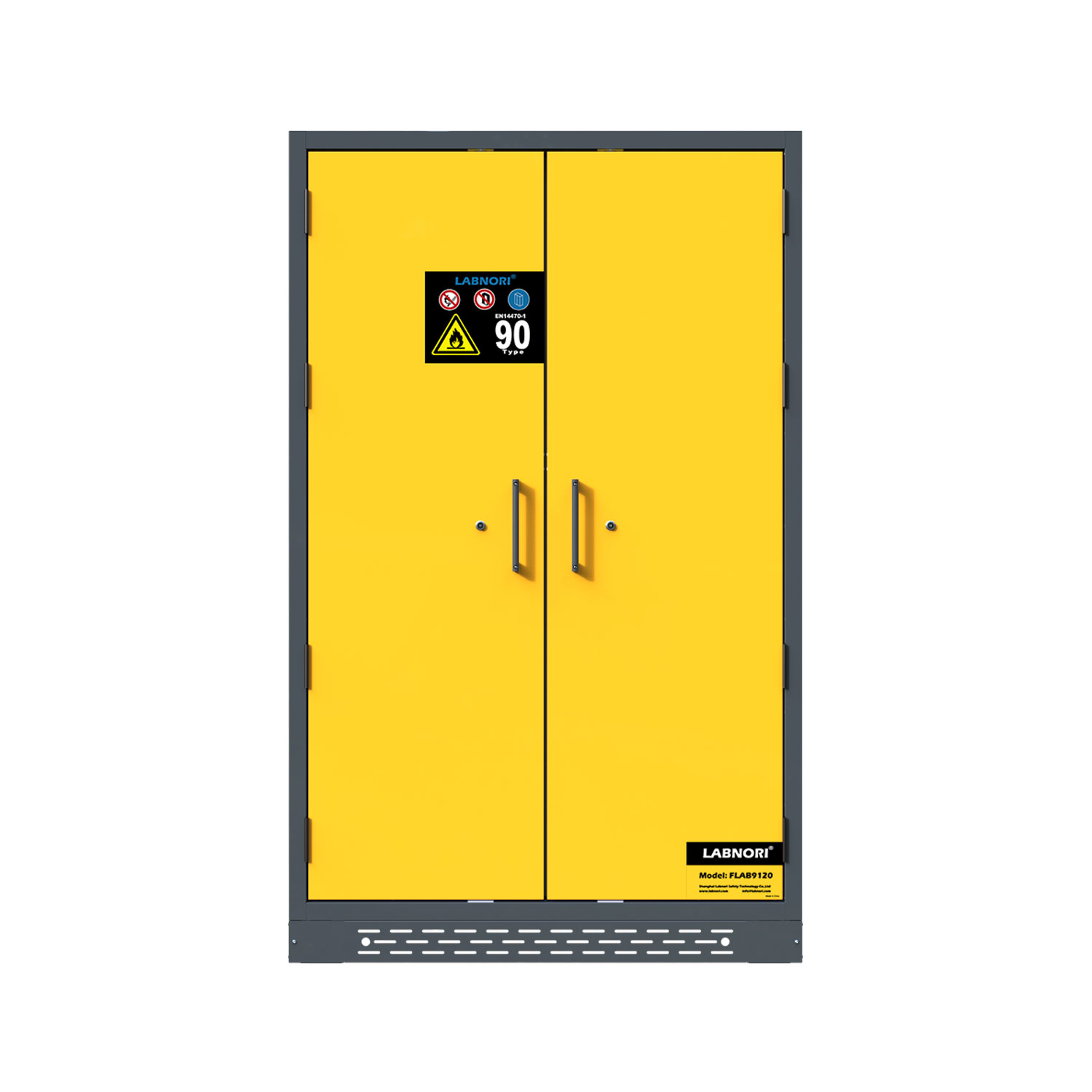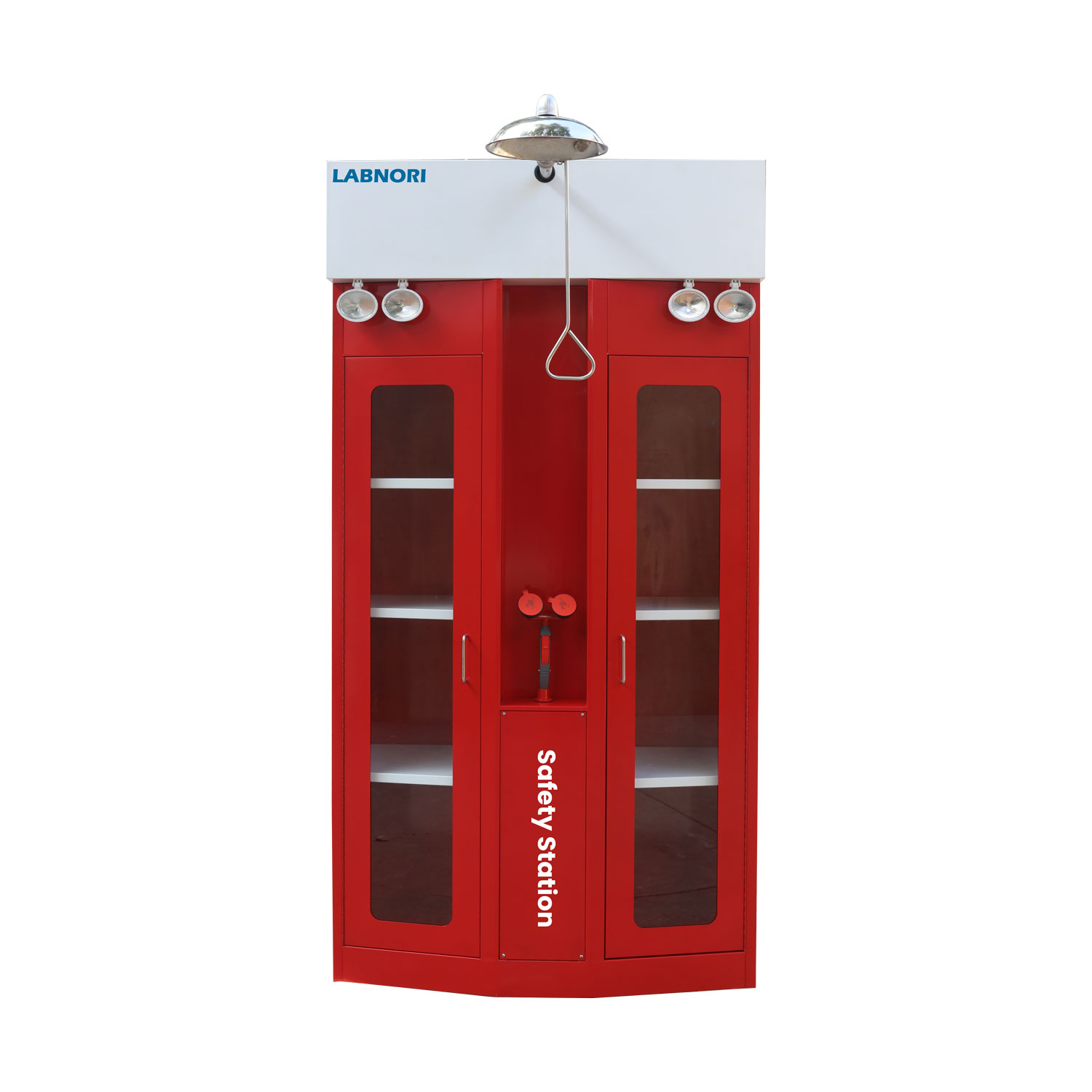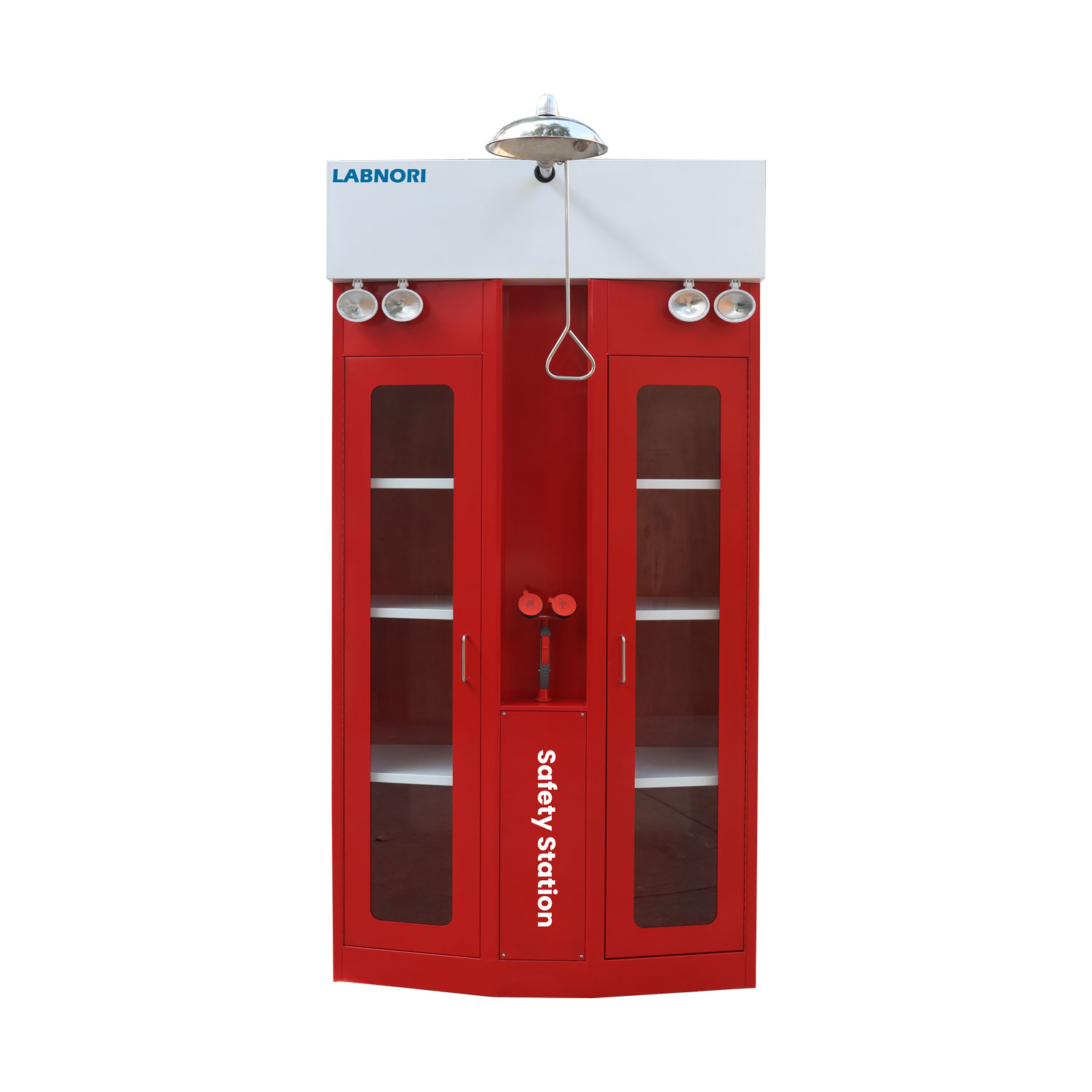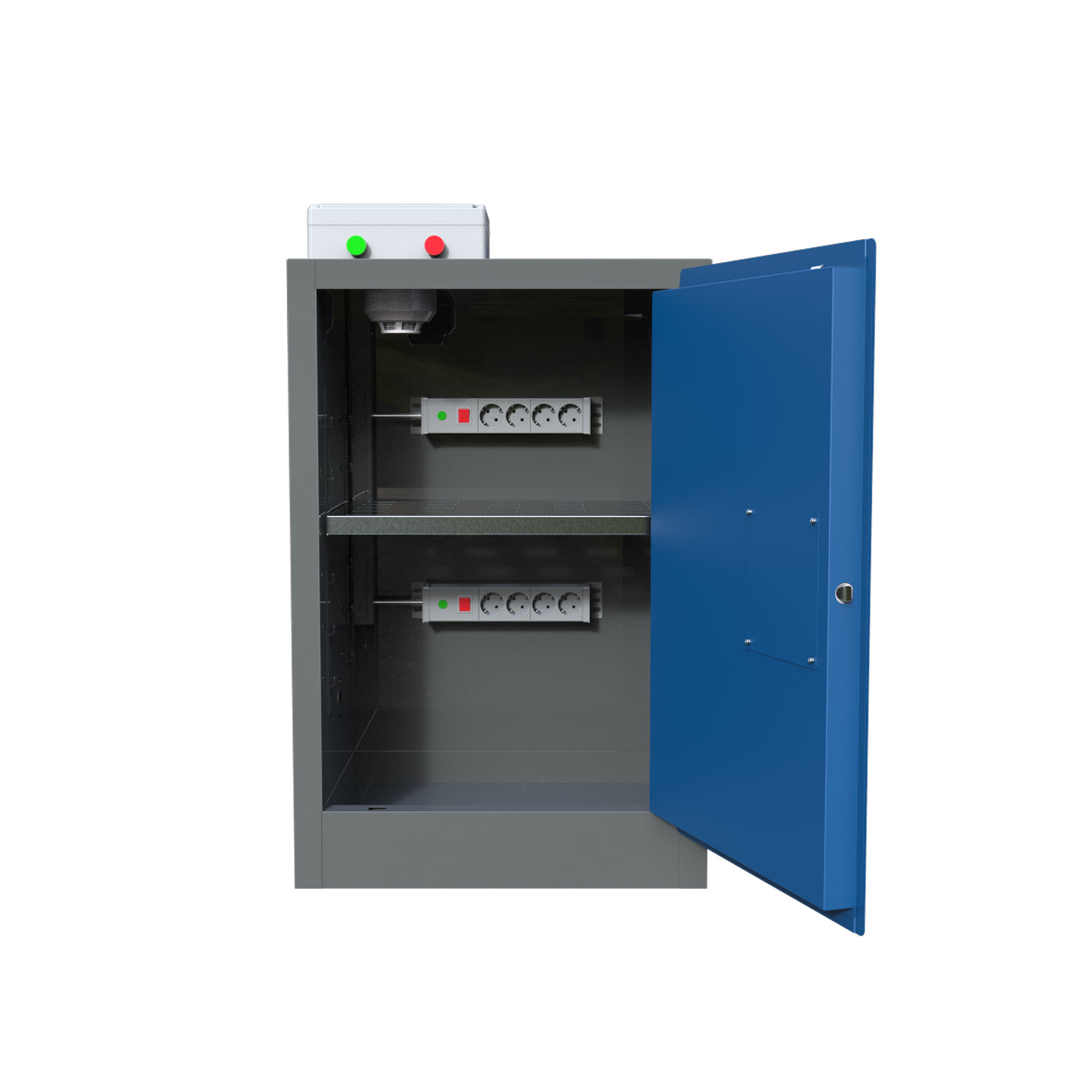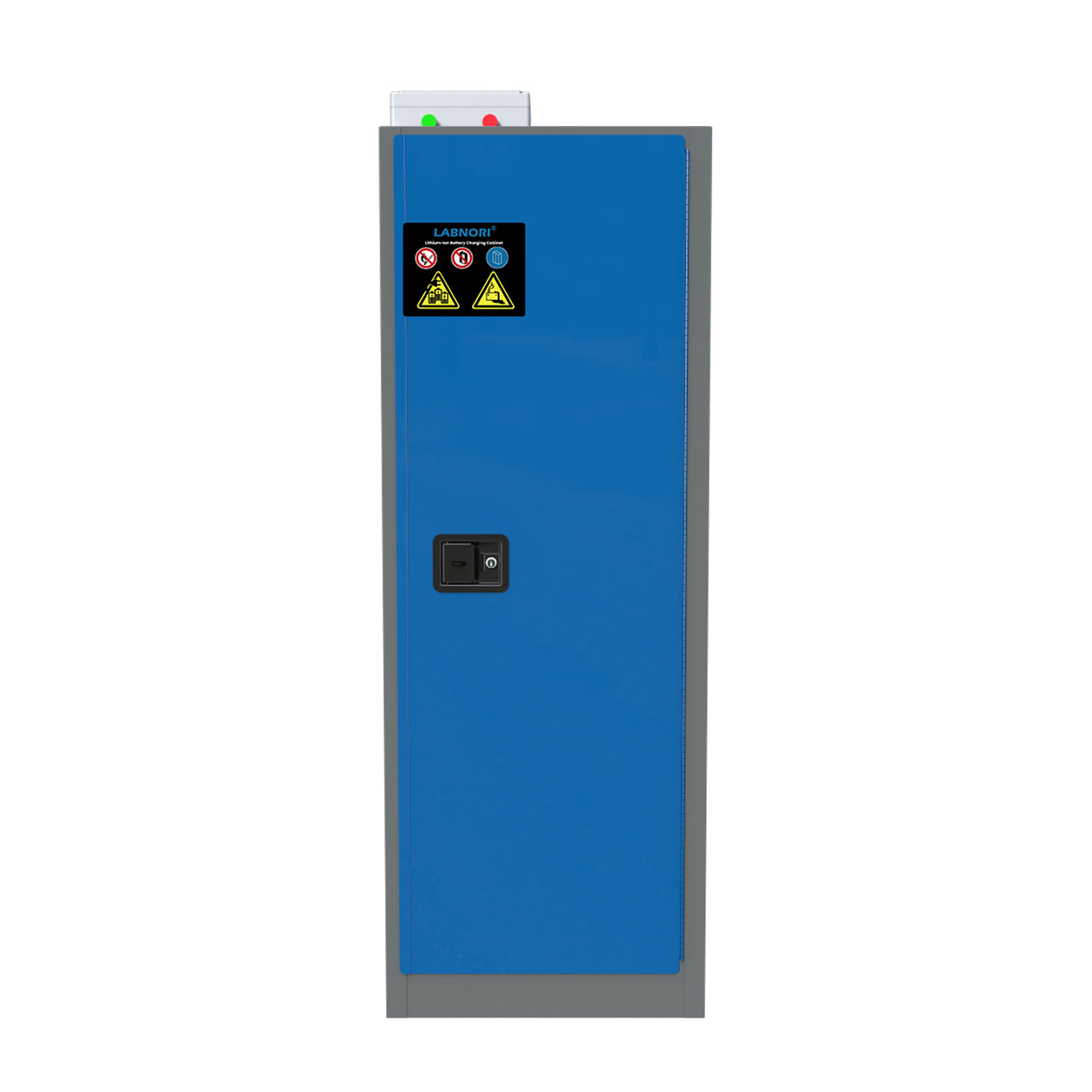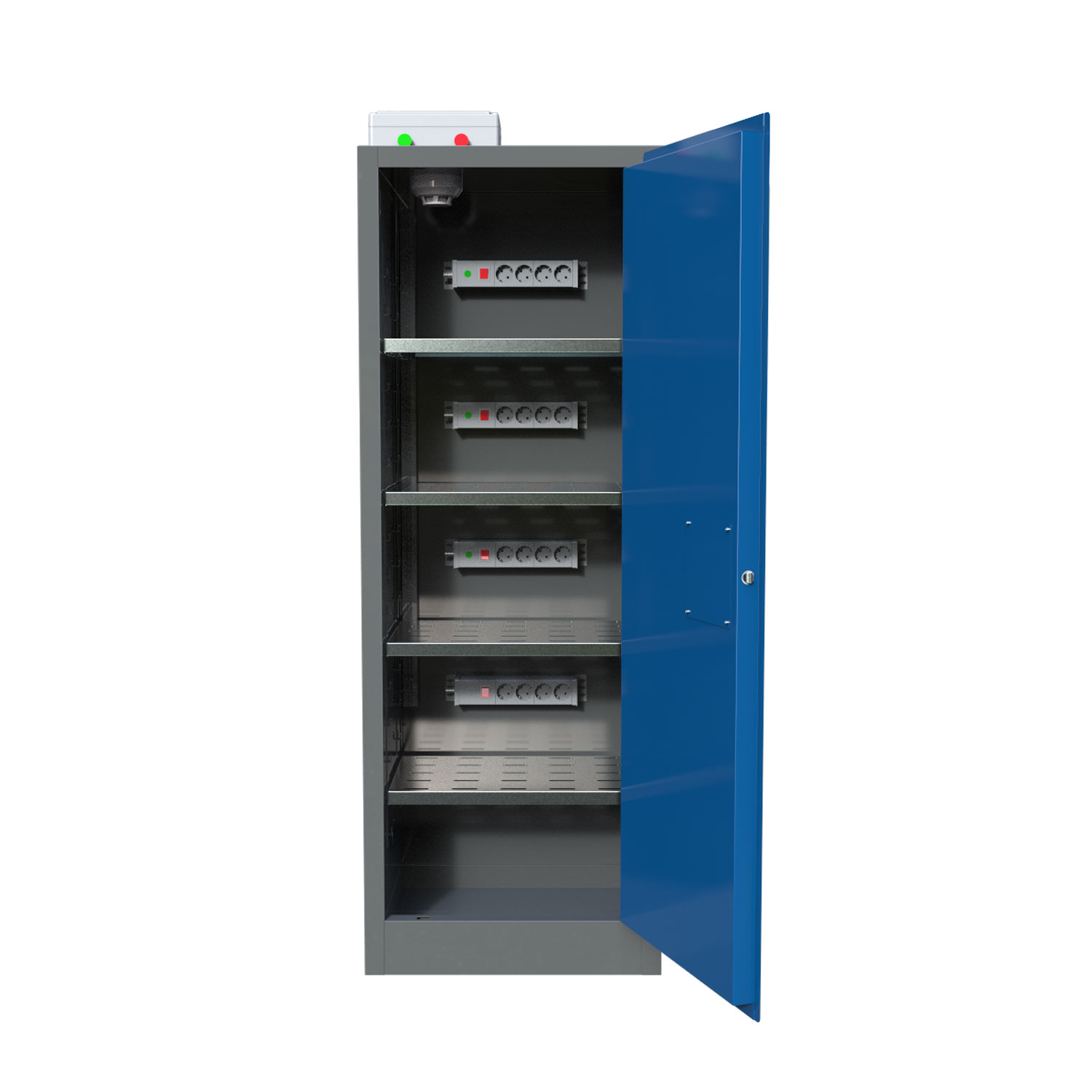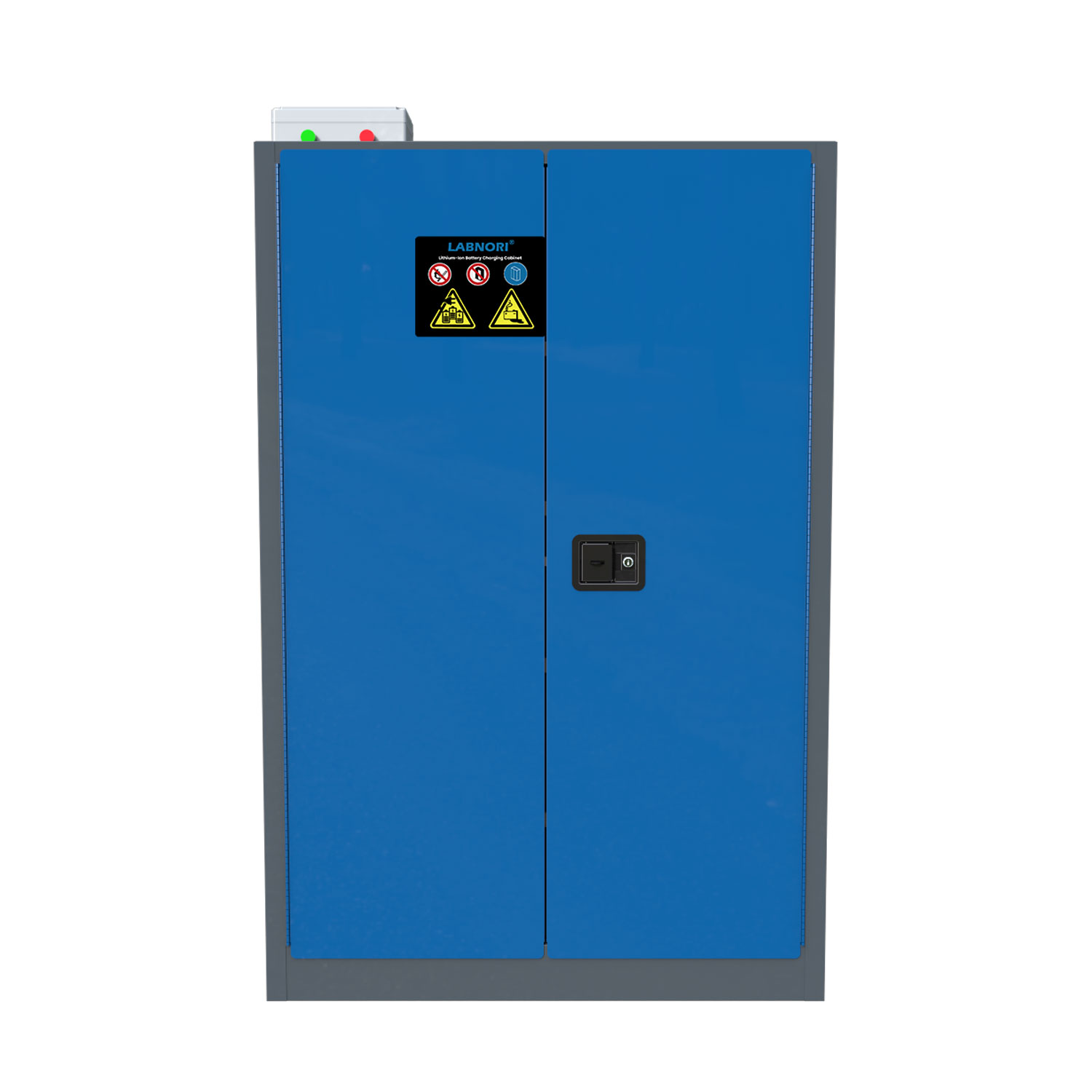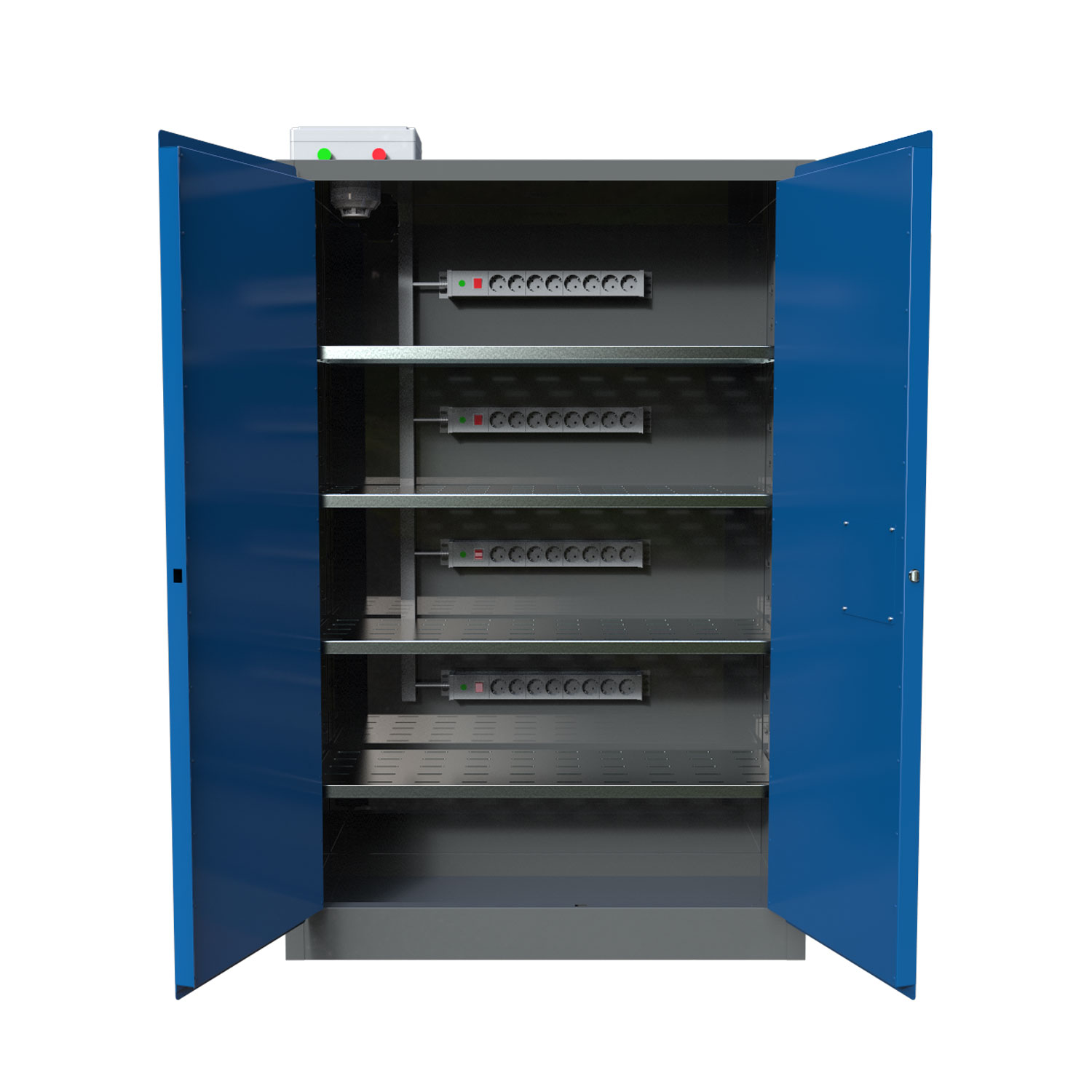Labnori Laboratory Emergency Safety Station is to ensure that it can be used and handled correctly and safely in emergency situations.
Emergency Awareness: Be familiar with the safety facilities and emergency measures in the laboratory, and always be alert to potential dangers.
Protective Equipment: Wear appropriate personal protective equipment, including lab coats, gloves, respirators, etc. to reduce exposure to hazardous materials.
Effective Use of Eyewash and Shower: Know the location and use of eyewash and shower, and use them immediately when needed to wash eyes or body.
Correct Use of Fire Extinguishers: Be familiar with various types of fire extinguishers in the laboratory and have received relevant fire extinguisher use training so that they can be used correctly in the event of a fire.
Emergency Phone Numbers: Master the contact phone numbers for emergencies in the laboratory, including laboratory supervisors, safety personnel, and emergency service agencies.
Storage of Hazardous Materials: Store hazardous materials properly in the prescribed manner and comply with relevant storage requirements and labels.
First Aid Knowledge: Acquire basic first aid knowledge and skills to provide appropriate first aid measures in an emergency.
These are only part of the operating guidelines. Each laboratory should develop detailed emergency operation guidelines suitable for its own situation and ensure that all employees receive relevant training and drills.
Emergency Awareness: Be familiar with the safety facilities and emergency measures in the laboratory, and always be alert to potential dangers.
Protective Equipment: Wear appropriate personal protective equipment, including lab coats, gloves, respirators, etc. to reduce exposure to hazardous materials.
Effective Use of Eyewash and Shower: Know the location and use of eyewash and shower, and use them immediately when needed to wash eyes or body.
Correct Use of Fire Extinguishers: Be familiar with various types of fire extinguishers in the laboratory and have received relevant fire extinguisher use training so that they can be used correctly in the event of a fire.
Emergency Phone Numbers: Master the contact phone numbers for emergencies in the laboratory, including laboratory supervisors, safety personnel, and emergency service agencies.
Storage of Hazardous Materials: Store hazardous materials properly in the prescribed manner and comply with relevant storage requirements and labels.
First Aid Knowledge: Acquire basic first aid knowledge and skills to provide appropriate first aid measures in an emergency.
These are only part of the operating guidelines. Each laboratory should develop detailed emergency operation guidelines suitable for its own situation and ensure that all employees receive relevant training and drills.

